Ertach Kernow - Cornish Methodism
Cornish Methodism is the focus of the 21st issue of the Cornish Buildings Group’s ‘Buildings at Risk’ project newsletter. Begun in 2020 this has previously been mentioned in the shorter Heritage Column. This three-year project to identifying and encourage action on buildings of historic or architectural value throughout Cornwall by raising interest from the general public. Their regular monthly newsletters shares news of buildings of all types and how these buildings are faring. There have been some great successes and unfortunately continued failures as owners allow buildings to fall into disrepair often due to the cost of continued maintenance. Covered in the short Heritage Column on 24th February 2021 was the situation with the 19th century St Paul’s Church in Truro. On 21st December 2021 the Heritage Column looked at some buildings that had positive preservation results ensuring their continued use for many years.
The latest building theme highlighted in issue 21 is the situation relating to certain Methodist chapels. For those interested in the history of Methodist buildings throughout Cornwall a separate ongoing project to record these past and present chapels is being coordinated by ‘Cornish Story’ on their website.
Prior to The Reformation the western Christian church was controlled solely by Rome. During the early 16th century there followed European wide movements which challenged the authoritarian Catholic Church and papal rule. Led by accusations of abuse, corruption and theological discrepancies this was famously advanced by Martin Luther nailing his The Ninety-five Theses or Disputation on the Power and Efficacy of Indulgences to the door of Schlosskirche (Castle Church) in Wittenberg, Germany. This document was quickly copied and distributed through the increasing power of the printing press. Henry VIII broke with Rome in 1534 setting up the Anglican Church and commencing the Tudor dynasties religious anarchy with the dissolution of the monasteries and under Edward VI many more ecclesiastical institutions, heretical burnings under Mary and eventual pragmatic general tolerance in handling of religious issues by Elizabeth I. On the accession of James VI and I in 1603 a tougher stance on Catholicism led in 1605 to the Gunpowder Plot assassination attempt. James would later give his name to the protestant King James Bible of 1611 much in use today.
Continued religious disturbances throughout England, Wales and Cornwall continued for several more decades with a brief return freedom for Catholicism between 1685-1688 under James II. Many influential Cornish families such as the Arundell’s of Lanherne were Catholics and would pay the price for their religious beliefs. During the Commonwealth period, following the execution of Charles I in 1649, Oliver Cromwell as Lord Protector granted religious toleration to non-conformists protestants. Within little over ten years these numbers gradually declined leaving three main groups Quakers, Baptists and Congregationalists.
During the reigns of the Tudor monarchs the Cornish had risen twice against English interventions. Firstly in 1497 against taxation by Henry VII to pay for his war against Scotland led by Michael Joseph 'An Gof' and Thomas Flamank. Then again in 1549 due to the introduction of the Book of Common Prayer, which affected the way worship took place. This later event supplemented by the lack of a Cornish language bible had a profound effect on the Cornish language, almost lost and only now recovering. These risings had resulted in harsh penalties for Cornwall and the death of thousands of Cornishmen, events not easily forgotten by Cornish folk, who tended to have a rebellious independent spirit.
The Glorious Revolution of 1688 ousted the Catholic James II with positive results for non-conformist religious tolerance in Britain. Catholicism once again became detested, with Acts of Parliament passed against it. The Toleration Act of 1689 allowed most, not all non-conformist to the Anglican state religion, freedom to worship publicly, subject to a simplified version of the oath of allegiance. Licences for places of worship were required but 2,536 dissenting places of worship were licensed between 1691 and 1710. The door to Methodism was open and during the 18th and 19th centuries would gradually sweep through Cornwall.
Gwennap Pit where Wesley's preached to thousands of people
The 18th century Anglican Church had greater concern for ensuring the support of wealthy and influential families rather than the poor agricultural labourers and miners that made up the vast majority of the Cornish population. The running of parishes were often ‘subcontracted out’ to curates and churchwardens with the clergy occupied in the major parishes and centres of religious influence. Some parishes were very large with the people spread thinly, only limited numbers living in the historic churchtowns surrounding the medieval churches. During the 18th century growth in mining, settlements gradually grew up around the sites of major mining activities leading to new villages and small, towns. Many somewhat corrupt and lackadaisical clergy saw their flock diminishing, enticed away by enthusiastic preachers such as the Wesley brothers and others.
Both Charles and John Wesley were vicars in the Church of England but believed the church was not supportive of the poor and working class. Their message was that everyone could be saved from their sins through a strong faith in God. They began in St Ives during 1743 and gradually spread their message throughout Cornwall. One vicar who fought back vehemently was Walter Borlase the Vicar of Madron and a magistrate, elder brother of Cornish antiquarian William Borlase Rector of Ludgvan. Their message was less popular when they spoke out against drinking, gambling, smuggling, wrecking and wrestling, but was generally well received by the Cornwall’s growing mining communities gradually becoming accepted. Now the Cornish like a good song, often today in pubs and taverns. Singing hymns was an important part of the Methodist service helping endear Methodism to their main adherents initially the working class and later the growing middle class.
The Methodists broke with the Church of England in 1795 beginning to build their own chapels throughout Cornwall in large numbers. Totalling nearly one thousand for various Methodist denominations, there was eventually at least one in every parish. Several secessions from the mainstream of methodism had begun after the split from the Anglicans. These included Methodist New Connexion (1797), Primitive Methodists (1807), The Bible Christians (1815), United Methodist Free Churches (1857), along with the Wesleyan Methodists. This helps explain why in some communities a number of Methodist chapels with different designations could be found. In 1907 three Methodist groups joined with a union of two others in 1932, uniting to form the Methodist Church.
Following World War II Anglican congregations along with those for Methodist gradually diminished. Chapels began to be sold off for residential and commercial use, sadly some left to decay into ruination. The Cornish Buildings Group identifies a number in its 21st issue awaiting further development. Bodmin’s large Centenary Chapel, in Kernewek Chapel an Gansblydhen, was completed in 1840 and built to seat 900 people. After closing for worship in 2006 it was purchased by Wetherspoons who spent £1 million to make it one of their flagship establishments, opening in December 2008. However, it has now closed and been sold. Another small Bodmin Methodist chapel very recently sold has not fared so well. It was completed in 1851 as a Bible Christian Chapel, one of the Methodist denominations of that time, later used as a St Johns Ambulance Hall, then sold in 2014. Survival of this building within Bodmin’s conservation zone will be through conversion to four mews houses following gutting the internal walls and floors.
The latest CBG newsletter gives news of Trinity Methodist Church at Newlyn, recently sold for £142,000 and one of the most complete early 19th century chapels in Cornwall, with some wonderful features. This Wesleyan chapel was originally built in 1834 and extended with interior alterations in 1866 and minor changes into the mid-20th century. As a Grade II* listed building it has some protection and one hopes that it can be retained with much of its interior intact. Other buildings have no protection and now are virtually on the edge of ruin such as the small chapel at Scarcewater, St Stephens. Not in the same league as larger more attractive chapels, but still an important part of Cornwall religious and social heritage.
St. Clements Chapel at Mousehole, featured by BBC Spotlight last November, is now the oldest surviving, Grade II* listed functioning Methodist Chapel in the whole of Cornwall. First built in 1784 it was enlarged in 1814 with internal modifications in 1844 and alterations to its windows in the late 19th century. It is an important part of Mousehole and Cornish history and now in danger due to dry rot and woodworm amongst other issues. The need to raise £500,000 to cover these costs will hopefully be met by sale of the Sunday School and crowdfunding. Loss of the Sunday School will hit the community which regularly use it for many events and activities. Like many towns and villages throughout Cornwall, Mousehole is turning into a holiday village with fewer local residents able to support fundraising. This is a remarkable survivor, original features including some lovely commemorative stained glass and is worthy of wider Cornish support.
For those who may wish to help preserve Mousehole Methodist Church please click the image to go to the Just Giving webpage and to find out more about this appeal.
Hopefully as Methodist chapels close for worship many will be used and supported for community use. Using one example is the Grade II* Miners Chapel at St Just. Notice was given in April 2016 that the Wesleyan Methodist Chapel was to close its doors for the last time at midnight on Thursday 31st August 2017. The community pulled together and this important building within the town continues to be a hub for many activities and large events.
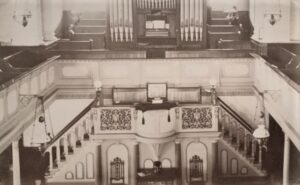
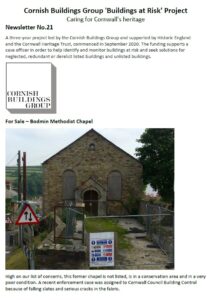
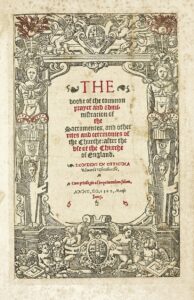
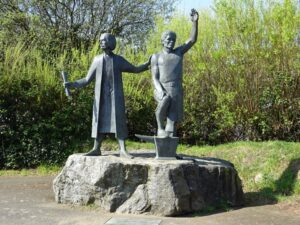
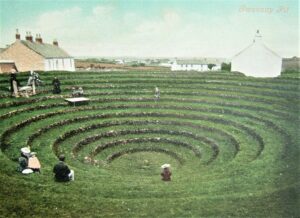
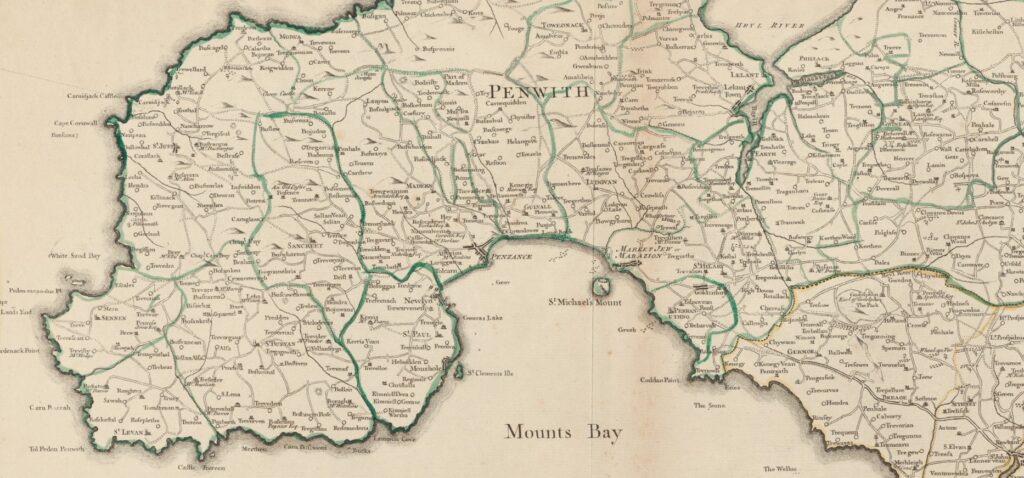
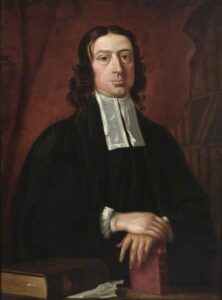
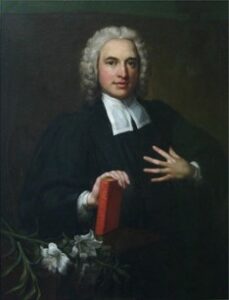
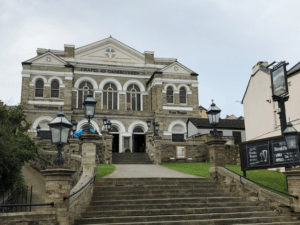
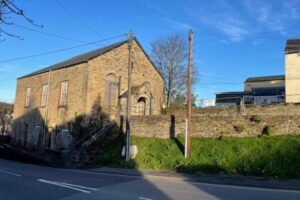
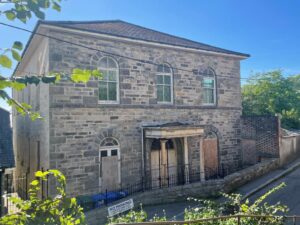
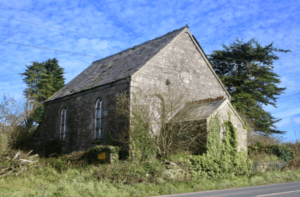
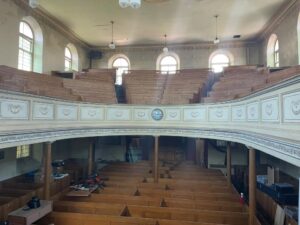
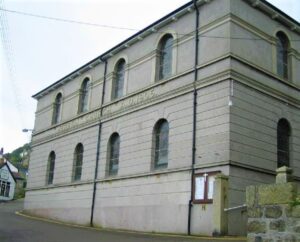
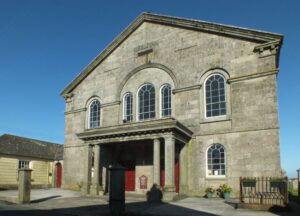
![Ertach Kernow - 04.11.2022 [1] Methodism Rise and decline of Cornish Methodism](https://www.cornwallheritage.com/wp-content/uploads/2023/01/Ertach-Kernow-04.11.2022-1-Methodism-254x300.jpg)
![Ertach Kernow - 04.11.2022 [2] Methodism Ertach Kernow - Rise and decline of Cornish Methodism](https://www.cornwallheritage.com/wp-content/uploads/2023/01/Ertach-Kernow-04.11.2022-2-Methodism-254x300.jpg)
![[132] Ertach Kernow Heritage Column - 4th January 2023 - Subscribe to support Cornish heritage Ertach Kernow Heritage Column - 4th January 2023 - Subscribe to support Cornish heritage](https://www.cornwallheritage.com/wp-content/uploads/2023/01/132-Ertach-Kernow-Heritage-Column-4th-January-2023-Subscribe-to-support-Cornish-heritage-286x300.jpg)